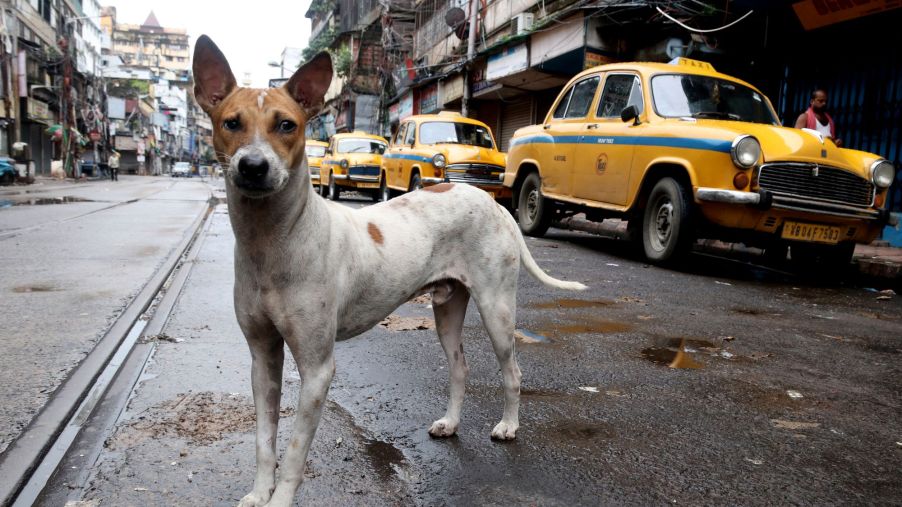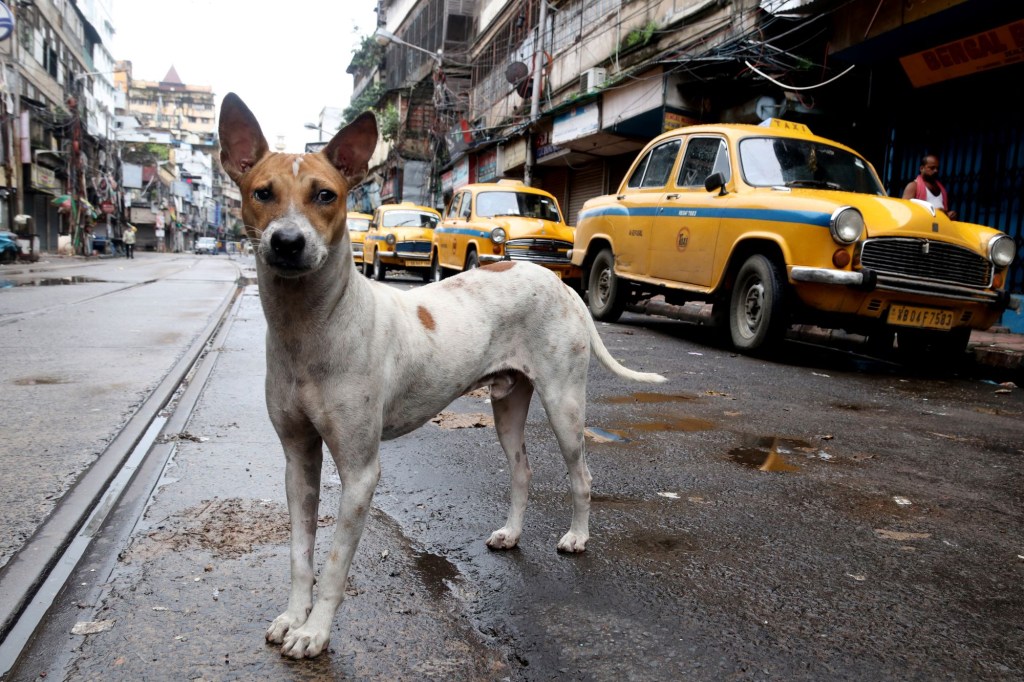
Is It More Dangerous to Hit or Swerve to Avoid Hitting an Animal in the Middle of the Road?
One of the scariest and most unexpected road hazards while driving is seeing an animal in the middle of the road. Car accidents are often unavoidable as drivers swerve to try and avoid hitting the unsuspecting animal.
Like a deer caught in headlights, many drivers don’t know if it is safer for them and their passengers to hit the animal to prevent a collision with something else. No one wants to be the reason for creating roadkill, but if you swerve to avoid the animal, you risk causing an accident or running into signs or other road barriers. Worse yet, you could hit other cars in oncoming traffic.
Car safety is first and foremost for all vehicle occupants, and knowing what to do can make all the difference between how you react if faced with this dangerous situation.

How to avoid hitting an animal in the road
The most important thing to remember when you see a pair of eyes staring you down on the highway is not to panic. Driving Tests points out that “being prepared and thinking ahead will reduce the chances of you or the animal you encounter being injured.”
There are several factors to consider when an animal crosses your path. First, quickly determine the size of the animal. For instance, a squirrel will not have the same impact as a moose or bear. A collision with a large animal can cause severe front-end damage and will most likely shatter the windshield upon impact.
Next, consider the time of day, weather conditions, and amount of traffic in your immediate surroundings. These elements combined will play a significant role in how you choose to react. The size of your vehicle also plays a critical role in whether you decide to swerve or hit the animal. A large car can handle more impact than a small vehicle when involved in a collision.
Taking all of these parameters into consideration, slow down when you see an animal in your path. Check the rearview mirror to see if a car is behind you, and if not, you may have enough time to stop to let the animal move out of the way.
If a collision is unavoidable, reduce your speed and advise all vehicle occupants to prepare for impact.
Sometimes you may not have an option
Every situation is different, but sometimes hitting the animal provides a better chance of protecting everyone in the vehicle. Unexpectedly swerving or slowing down could cause a catastrophic car accident.
Of course, if you have the time to slow down without causing a hazard to other motorists, it is in everyone’s best interest to wait for the animal to leave the roadway or cautiously drive around it.
According to Wheels.ca, “The Insurance Institute for Highway Safety estimates there are more than 1.5 million crashes involving deer every year, resulting in more than US$1 billion in vehicle damage annually.”
IIHS recommends hitting the animal if you have no other option. They explained, “The best thing, unfortunately, in most cases is to hit the animal and try to avoid swerving or doing something that could cause you to lose control and hit somebody else or an object or go off the road and roll over.”
Hitting an animal can result in expensive collision repairs
Overall, it may be safer to hit an animal in the roadway than risk a deadlier collision by trying to avoid it.
Drivers Ed recommends paying attention to animal crossing signs and using high beams when possible to steer clear of wildlife on open roadways. They explained, “70% of deer-car collisions result after the driver slowed down for one deer and then accelerated, failing to see another.”
Never slam on the brakes and avoid swerving to miss hitting an animal. Your sudden moves could spook the animal and cause it to run into oncoming traffic, causing damage to other vehicles.
Readers Digest reported that, despite a popular myth, never speed up when you are about to hit an animal. While many people think this will reduce vehicle damage, the opposite is true. The quick acceleration could cause damage that is “much worse compared to hitting your brake.”
With the average cost of car repairs exceeding $3,000 after hitting a deer, it is advisable to slow down and heed the warnings above so that you and your passengers remain safe when confronted with an animal on the road.


